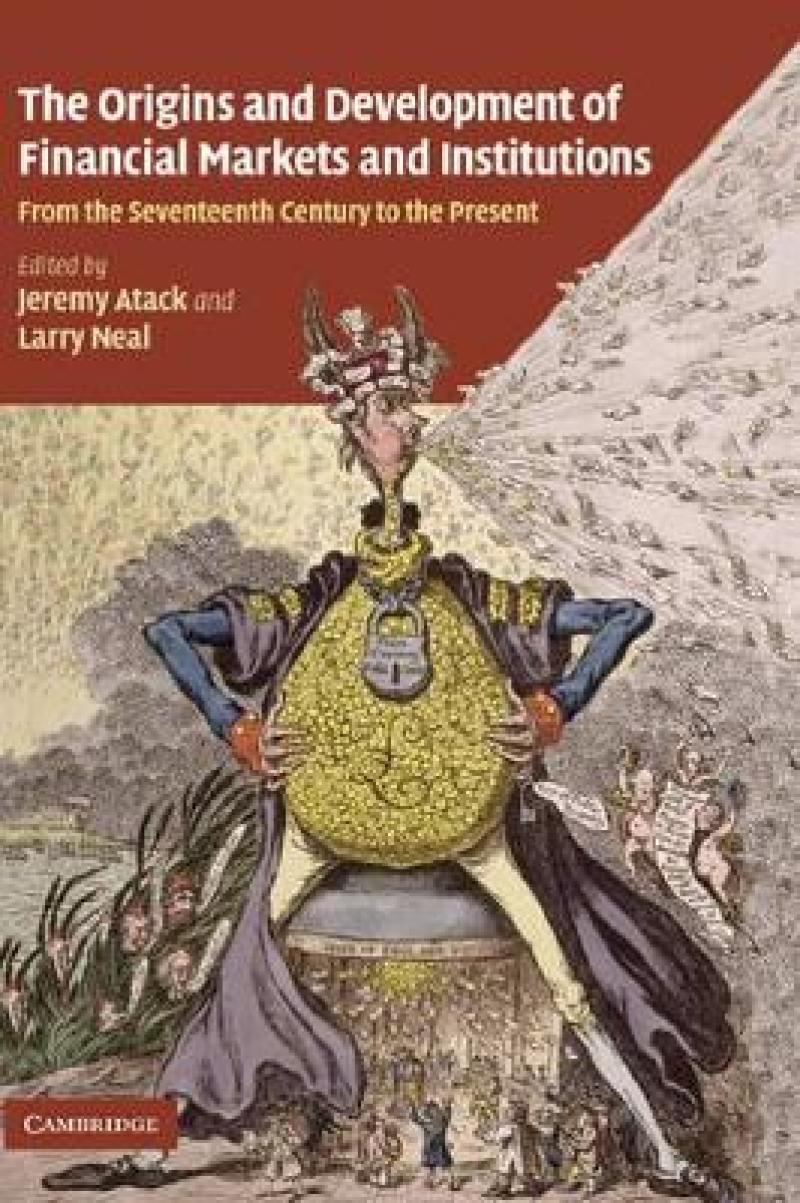Collectively, mankind has never had it so good despite periodic economic crises of which the current sub-prime crisis is merely the latest example. Much of this success is attributable to the increasing efficiency of the world's financial institutions as finance has proved to be one of the most important causal factors in economic performance. In a series of insightful essays, financial and economic historians examine how financial innovations from the seventeenth century to the present have continually challenged established institutional arrangements, forcing change and adaptation by governments, financial intermediaries, and financial markets. Where these have been successful, wealth creation and growth have followed. When they failed, growth slowed and sometimes economic decline has followed. These essays illustrate the difficulties of co-ordinating financial innovations in order to sustain their benefits for the wider economy, a theme that will be of interest to policy makers as well as economic historians.
Les mer
List of figures; List of tables; List of contributors; 1. Financial innovations and crises: the view backwards from Northern Rock Jeremy Atack; 2. An economic explanation of the early Bank of Amsterdam, debasement, bills of exchange and the emergence of the first Central Bank Stephen Quinn and William Roberds; 3. With a view to hold: the emergence of institutional investors on the Amsterdam securities market during the 17th and 18th centuries Oscar Gelderblom and Joost Jonker; 4. Was John Law's system a bubble? The Mississippi Bubble revisited François R. Velde; 5. Sir George Caswall vs. the Duke of Portland: financial contracts and litigation in the wake of the South Sea Bubble Gary S. Shea; 6. The Bell Jar: commercial interest rates between two revolutions, 1688–1789 Marc Flandreau, Christophe Galimard, Clemens Jobst and Pilar Nogues Marco; 7. Comparing the UK and US financial systems, 1790–1830 Richard Sylla; 8. Natural experiments in financial reform in the nineteenth century, the Davis and Gallman analysis Larry Neal; 9. Regulatory changes and the development of the US banking market, 1870–1914: a study of profit rates and risk in national banks Richard J. Sullivan; 10. Anticipating the stock market crash of 1929: the view from the floor of the stock exchange Eugene N. White; 11. The development of 'non-traditional' open market operations: lessons from FDR's Silver Purchase Program Richard C. K. Burdekin and Marc D. Weidenmier; 12. The interwar shocks to US-Cuban trade relations: a view through sugar company stock price data Alan Dye and Richard Sicotte; 13. Central Bank reaction functions during the inter-war Gold Standard: a view from the periphery Kirsten Wandschneider; 14. Monetary policy and equity price booms: historical cross-country evidence Michael Bordo and David Wheelock; 15. Lessons from history for the twenty-first century Larry Neal; Index.
Les mer
Review of the hardback: 'Atack and Neal bring together a brilliant, provocative and authoritative set of essays on financial history. The essays share the desire to link social, political, and economy history with finance, to place financial development within the story line that connects financial changes to the development of commerce, industry, and politics. The coverage is broad in space and time, covering all aspects of finance - money, banking, central banking, securities markets, and financial crises - in many countries and over four centuries of change. The authors are the leading authorities in their field. Although the articles are carefully argued and rich in quantitative detail, they are exceptionally lively because they combine the discipline of economic analysis with a broader historical narrative that brings to life the personal histories of financiers as part of the broader arc of European and American financial development. The book is more than a collection of great studies of the past; it is also a tool to teach historians how to think about finance, and to teach financiers how to think about history.' Charles Calomiris, Columbia University Graduate School of Business
Les mer
Leading historians examine how financial innovations have challenged established institutional arrangements from the seventeenth century to the present.
Produktdetaljer
ISBN
9780521895170
Publisert
2009-03-16
Utgiver
Vendor
Cambridge University Press
Vekt
920 gr
Høyde
235 mm
Bredde
158 mm
Dybde
30 mm
Aldersnivå
P, 06
Språk
Product language
Engelsk
Format
Product format
Innbundet
Antall sider
496
